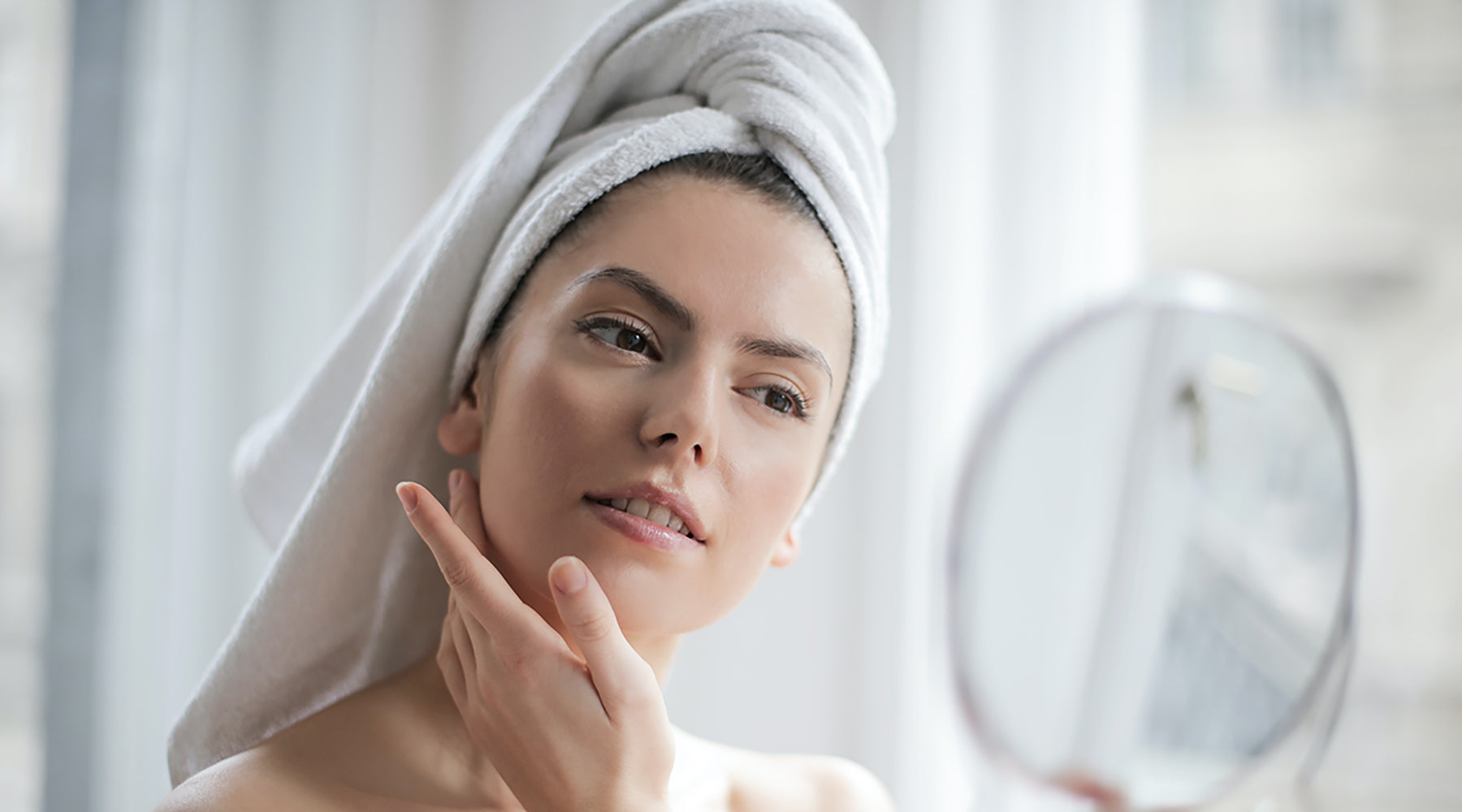Multi-masking: what the process is and how to find masks for your skin’s needs


Image: Getty
Have you ever heard of multi-masking? It’s one of the more sensible skincare trends to come from social media. If done correctly it can help improve the look and feel of your complexion.
As the name might suggest, the process involves using two or more skincare masks on different areas of the face to target the specific needs of that area. For example, your forehead might suffer from excess oil, while your cheeks may be prone to dryness. By using different products you’re able to get a more tailored skincare experience.
It’s particularly useful as we approach winter, when many of us are finding we need to switch up our skincare products to suit the colder season. So if you’re experiencing flaking as well as enlarged pores, multi-masking could be just for you.
Because you’re using various products on different parts of your complexion, multi-masking should be done with a cream, gel or clay mask.
How to pick the right masks for your skin
If your skin is: congested and/or oily
Usually congestion is found on and around the nose, the chin and on the centre of the forehead. In these areas you want to apply a mask that tackles pores and blemishes by removing dirt and impurities.
We love Mudmasky Vitamin-A Booster Blue Clay Mask, usually £42 but from just £7.50 in this month’s Skinsational Edit Beauty Box. The contents of the box are worth over £110 and it contains everything you need to give yourself a home facial.
The mask itself is a multi-tasker, tackling a multitude of skin concerns, from visible pores and blemishes to dehydration and sagging skin. You just need to apply a thin layer and leave it on for up to 11 minutes. Remove with cold water for the maximum pore-tightening effect.
If your skin is: dry
Dry areas of your complexion should be treated with a creamy, nourishing mask formula. Look out for ingredients like hyaluronic acid, jojoba oils and vitamin E, which will help tackle dryness and flaking.
Areas you might want to use a nourishing mask on include the cheeks and up towards the under-eyes (but don’t go too close to your eyes!).
If your skin is: prone to redness
You might find certain areas of your face are prone to rosacea-like patches and redness. For this, we’d recommend applying a mask formulated to protect and strengthen the skin barrier. Search for ceramides and honey on the ingredient list as these will help reduce redness and sensitivity.